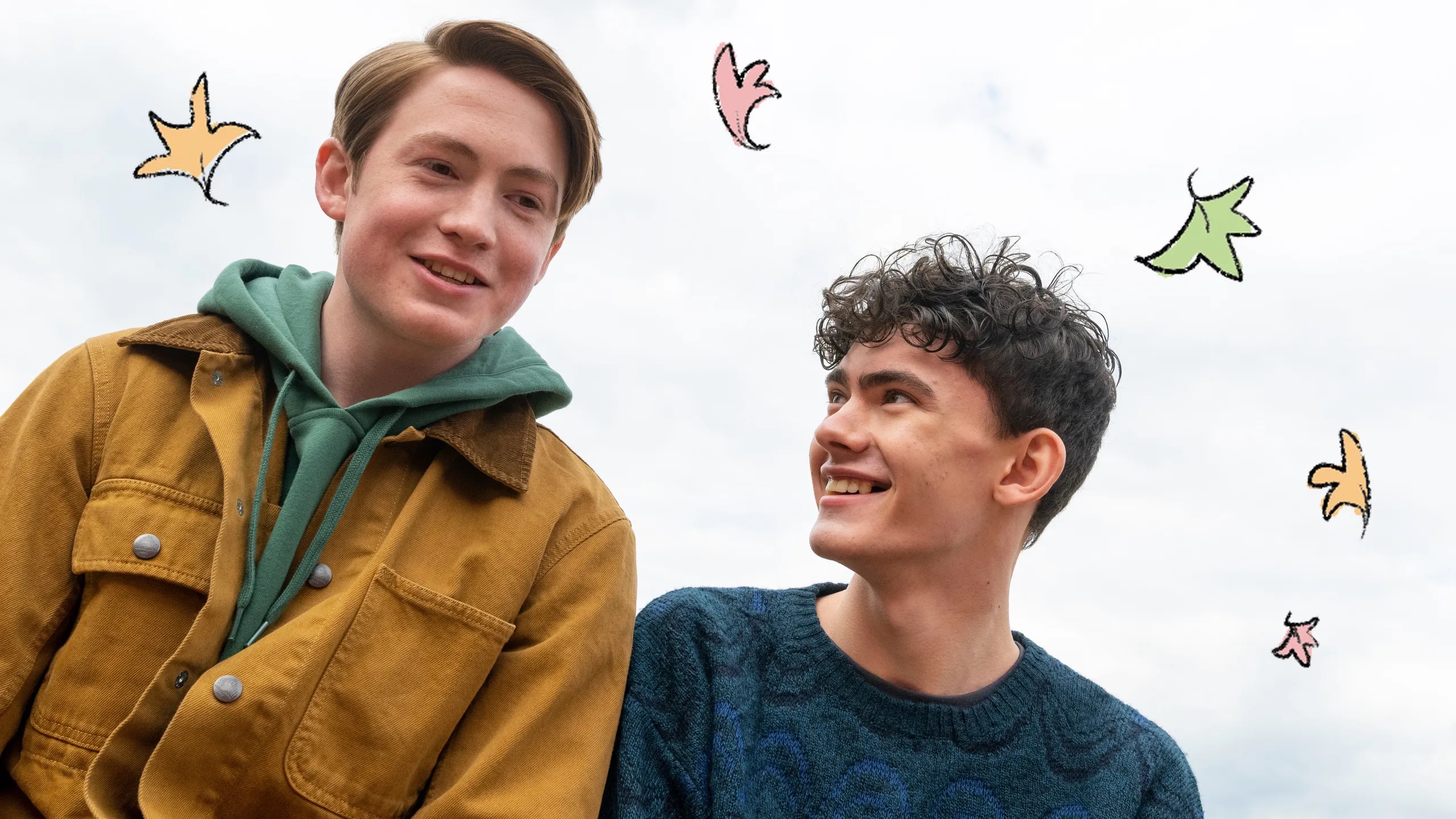Table of Contents Show
Netflix’s debut of Heartstopper (2022-) landed the show in the top ten list in the U.S. on the streaming platform within less than a week of its release. Longtime fans of the webcomic flocked to see the 3D versions of their favorite characters on the world’s biggest streaming platform, and new fans were delighted to see a queer relationship on the front page. Heartstopper is a beautiful adaptation of the webcomic it is based on, with author and now show creator Alice Oseman doing a great job translating comic to screen. There are similarities, there are differences, but the outcome is the same: LGBTQ representation and a sweet love story, all in one.
Heartstopper (2019-): The Webcomic
As many good things do, Heartstopper (2019-) originated as a webcomic on Tumblr from artist Alice Oseman. However, the webcomic was not an original idea, nor was it Oseman’s first published work. In fact, the beloved characters we now know from the show as Charlie Spring and Nick Nelson originated from Oseman’s 2014 novel Solitaire, which centers around Charlie’s sister Tori Spring. Charlie and Nick are only minor characters in the novel, but Oseman decided to expand on their relationship in 2015 with her spin-off e-novella Nick and Charlie, which looks at the boys’ relationship one year after Solitaire.
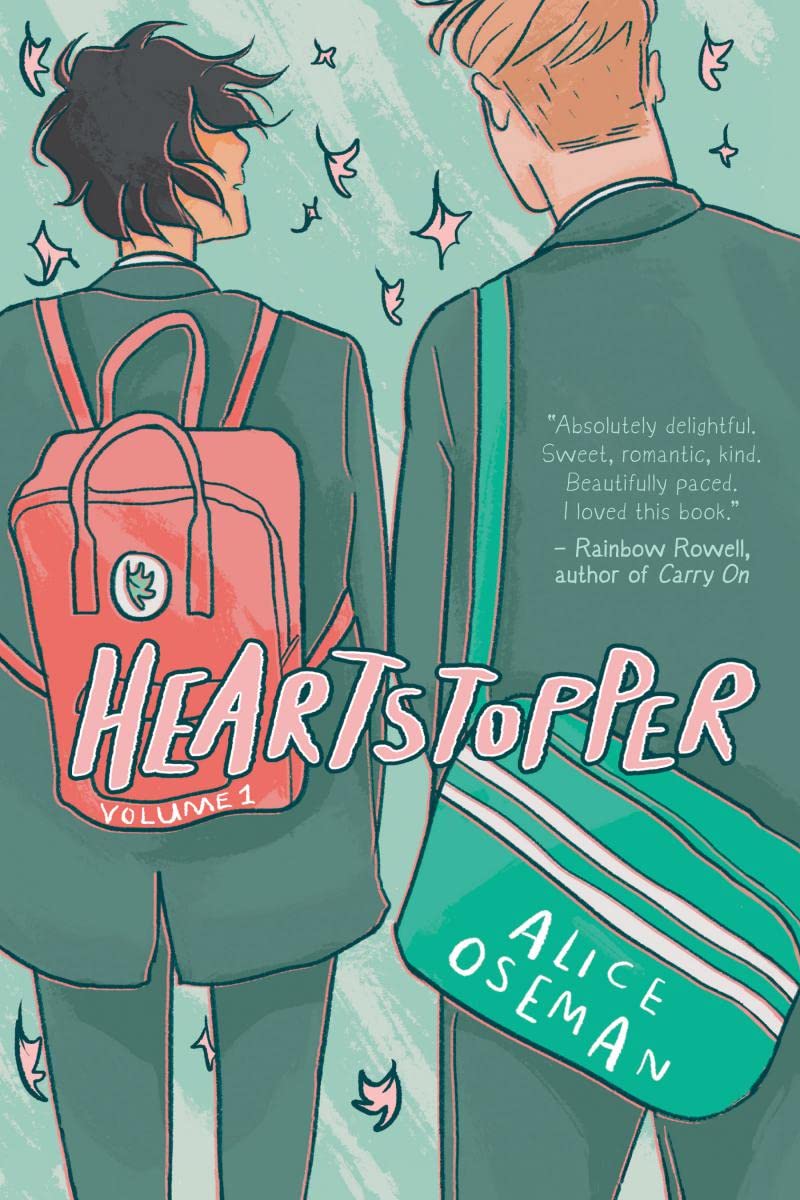
Oseman decided to expand on the boys’ relationship in the form of short comics and moments in their lives on Tumblr and Tapas. The comics then became a formal story when Oseman began to crowdsource funds to run a print edition, which was published by Hachette Children’s Group in the first volume in spring 2019. The second volume followed closely after in July, with a third and fourth volume coming out in February 2020 and May 2021, respectively. The volumes allowed for a greater audience to immerse themselves in the Nick and Charlie universe, along with the previous fans who discovered the boys through Oseman’s Tumblr and Tapas.
With Heartstopper on Tumblr, Tapas, Webtoon, and in published form, it is easy to see why the webcomic rose to fame so quickly and is beloved by a wide array of audiences. These audiences range from preteens who may be figuring out their own sexualities to queer adults who are healing their inner child from homophobia and transphobia by living through teens in a more accepting universe. With over 52.1 million viewers (probably more now that the show is out), Heartstopper is a staple in many people’s lives. Now that the biggest streaming service has picked it up, even more people (especially those who need it) are exposed to this sweet queer romance that prioritizes queer representation and its myriad forms.
Netflix Series
Heartstopper the Netflix show debuted on April 22, 2022, to wide praise and critical acclaim. Previous Heartstopper fans jumped to support the show by watching it and promoting it on fan accounts and on social media such as Twitter, where it earned the number one spot on Variety’s Trending TV chart. This allowed people without previous knowledge of the webcomic or show to give it a watch, propelling it to further popularity. However, this could be said about any other trending show on Netflix, such as Bridgerton (2020-present) or Inventing Anna (2022). Why is Heartstopper’s debut so important? What makes it different than any other show?
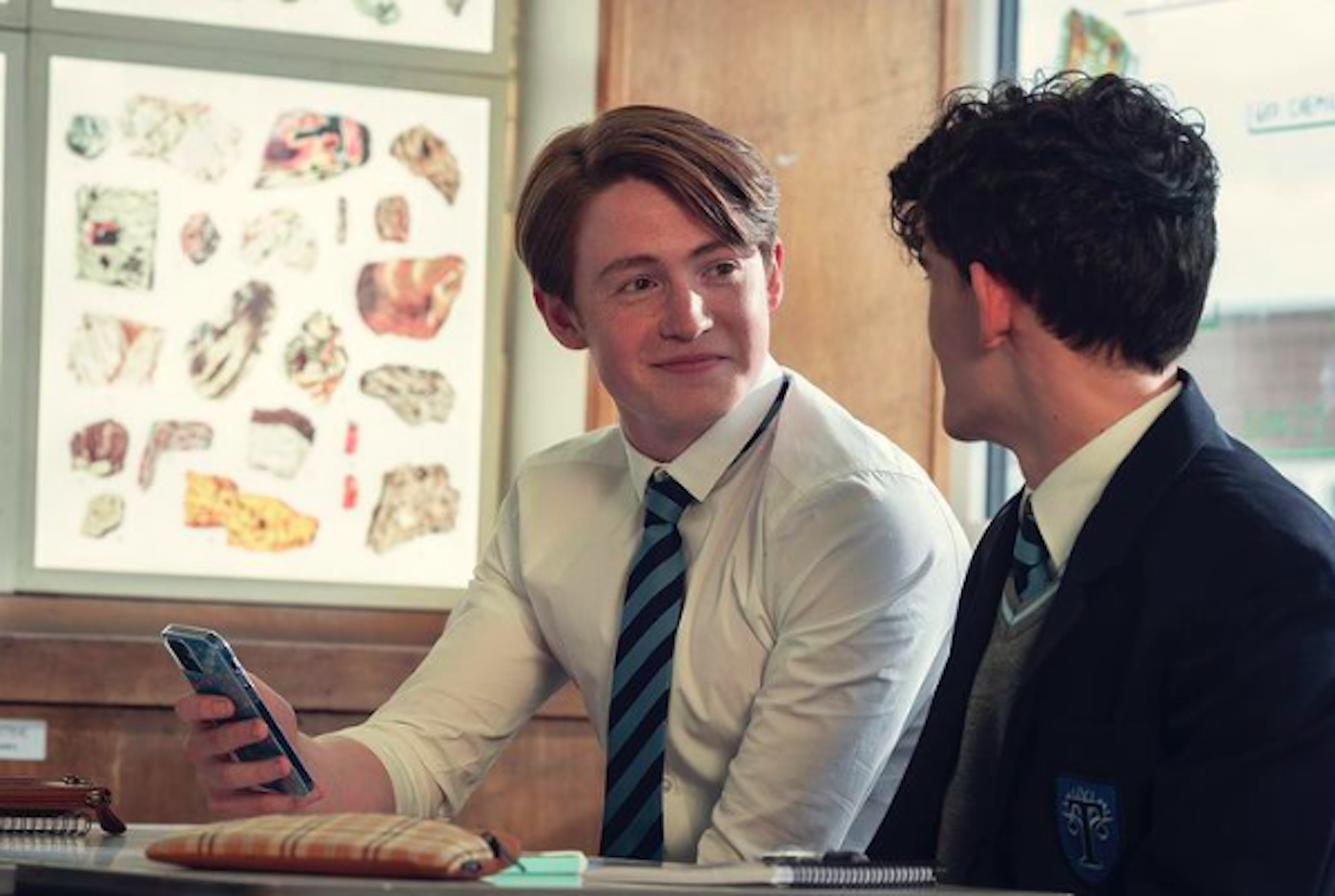
First, the show’s representation is unparalleled. The different sexualities, genders, and races represented are unlike any other mainstream show. It contains a gay character (Charlie), a bisexual character (Nick), a trans-POC character (Elle), two lesbian characters (Darcy and Tara, who are in an interracial relationship), and a Chinese character (Tao), among others. Simply seeing the diverse cast is enough to allow anyone to feel represented, which is important for a show that deals with issues such as sexuality crises, bullying, and prejudices.
The show also covers real issues that teens experience every day, such as casual homophobia and transphobia (represented by Harry harassing Tao and Charlie every day while claiming he’s not homophobic), and internalized homophobia (represented by Ben refusing to call Charlie his boyfriend and acknowledge his presence outside of make-out sessions). These taboo and hard-to-talk-about topics make it that much easier to address when it’s put out there in the open and represented in a show aimed at young and developing audiences who may experience these issues. The show also hints at Charlie’s mental illnesses, which most likely will be covered in a (possible) season two and is covered extensively in the fourth volume of the graphic novel.
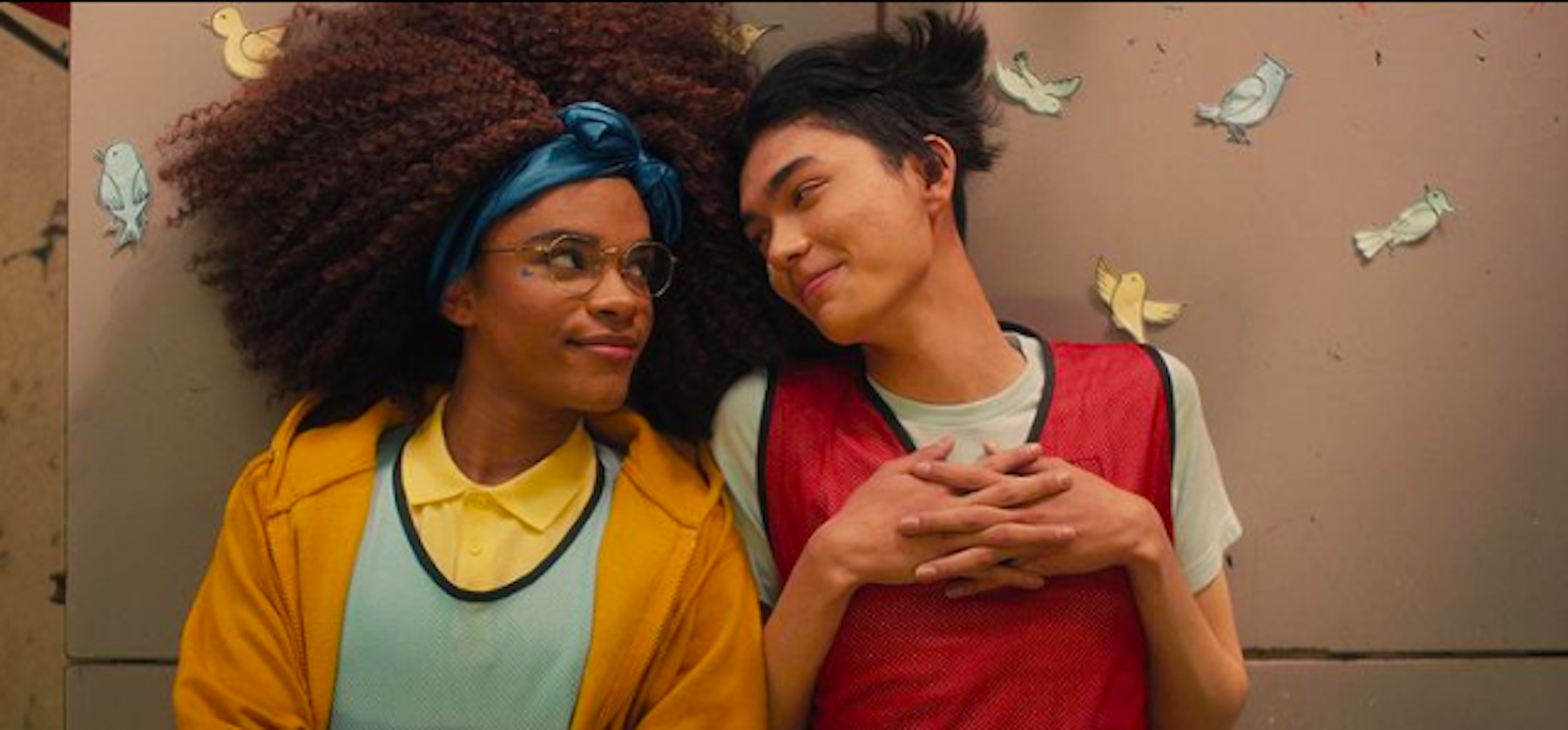
But the most important part of the story is its fluffiness, its innocence, and its all-around tooth-rotting sweetness. The show addresses the realistic issues of bullying and homophobia, but overall, the show is about a love story between two boys, both of whom have supportive parents, go to schools with supportive staff, and have a great group of friends surrounding them. These elements aren’t the case most of the time, which is unfortunate and should be addressed. However, Heartstopper has made it clear that the show is never where these battles will be fought. Instead, the show will be a sort of utopia, where everything is happy and sweet and everything works out in the end. And that’s good.
Queer Representation
Audiences, especially queer audiences, are sick and tired of tragic queer love stories, especially between gay men. Whether it be movies about the AIDS epidemic or stories where one of them commits suicide, most queer stories nowadays contain some tragic element to it. Lesbians are rarely ever depicted in mainstream media, and when they are, they’re sexualized or killed off. There’s been a trope named after how often queer characters are killed off in fiction, called the “bury your gays” trope. Queer people deserve sweet and sappy love stories even if they aren’t considered “realistic” because the real world is cruel and would seldom yield a story as beautiful as Heartstopper without a fight.
Trans (especially trans POC) people deserve to see a trans character onscreen having their pronouns and gender identity respected, be allowed to go to a school that matches their gender identity, and have a love story as normal as a cisgender heterosexual relationship. Trans characters are rarely represented in media, and when they are, they are seldom represented with a love interest. Elle has a love interest who likes her back (Tao), who likes her not despite her transness, not because of her transness, but because he likes girls, and Elle is a girl. There is no fetishization, no diminishing of her identity, but seeing her as she is.
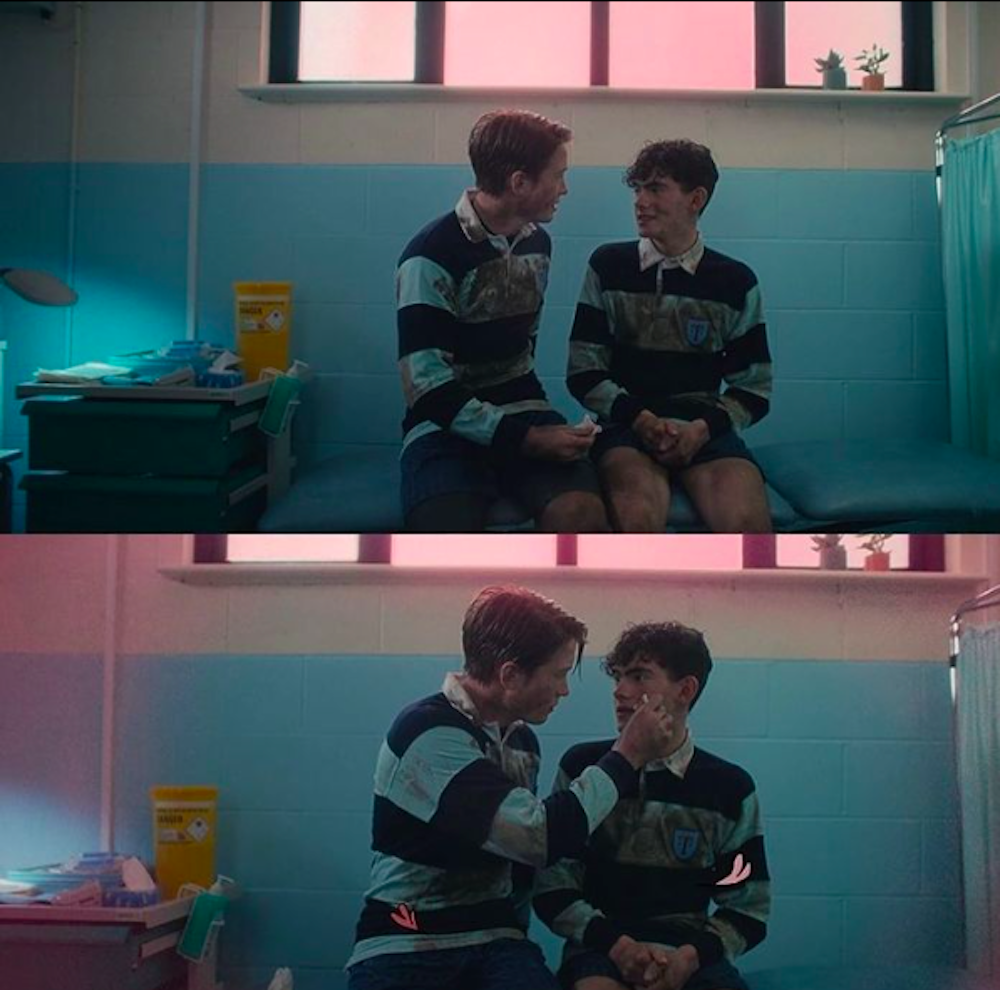
Heartstopper’s simple setting–a grammar school for boys (and girls when considering Elle, Darcy, and Tara)–shows that this cute love story can happen anywhere. This isn’t some utopian future that looks completely different from our society. This is set in good old England, with the same technology we have today, the same fashion, the same everything. Yes, it’s important to show the ways the world would realistically react to Darcy and Tara or Charlie and Nick coming out as couples (and both the webcomic and show do just that). But it’s also important to show that our society can be just as accepting and “unrealistic” as Heartstopper. The only thing stopping that is people’s prejudices.
Heartstopper: The Webcomic + Heartstopper: The Show
Both the webcomic (in its digital and published format) and the show accomplish similar things, which is spreading representation to audiences who desperately need it along with adding a cute romance to the literary world. However, the content itself of both mediums has similarities and differences, but nothing is wrong with the differences. The contrasts between them only add more to the story, thanks to Alice Oseman adding new characters and storylines.
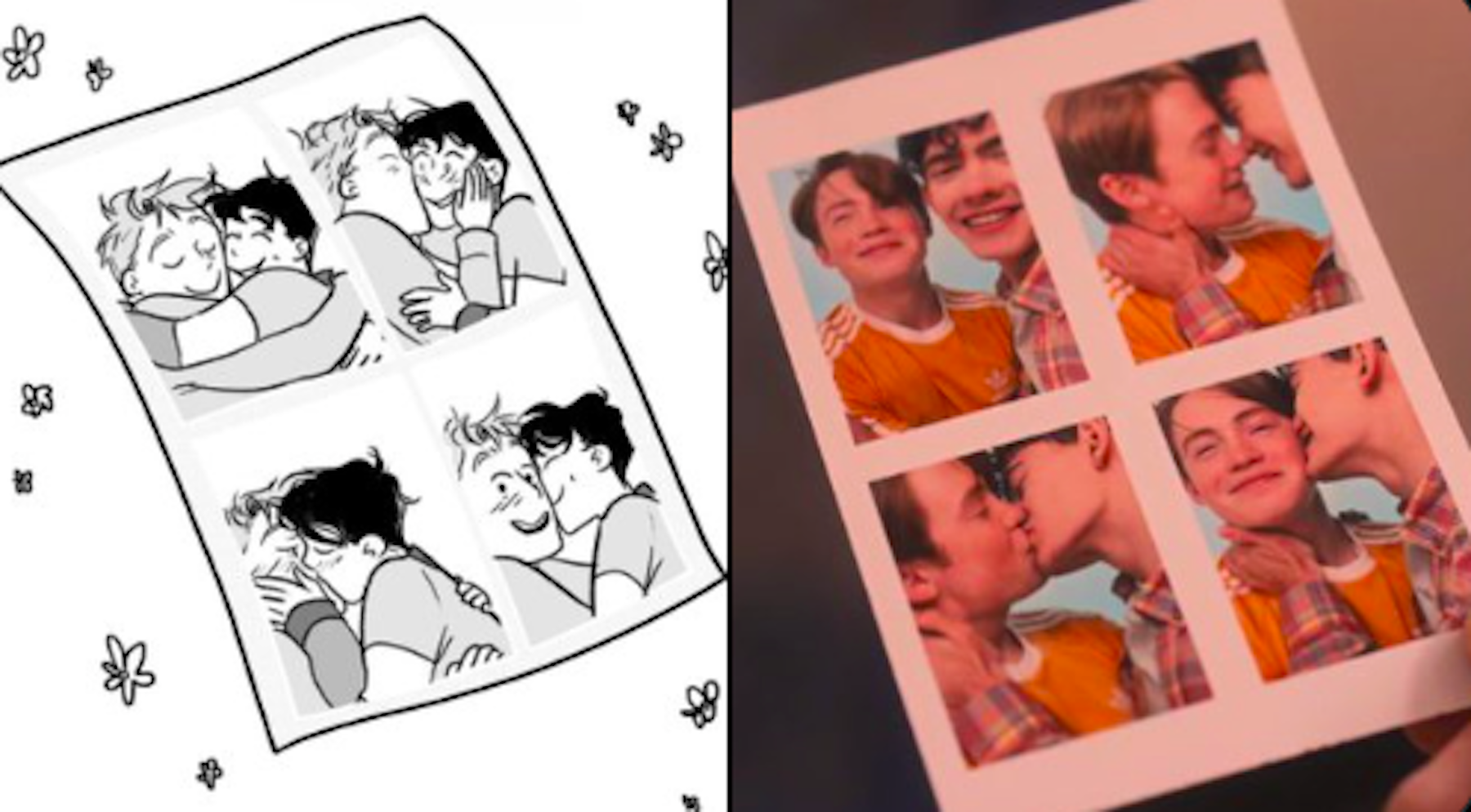
Similarities
What isn’t similar between the webcomic and show? The show is quite literally one of the most faithful adaptations from paper to screen since the Harry Potter series. Much of the dialogue in important scenes is the same. For example, in episode 8 when Nick runs to the ocean after deciding he was going to come out as bisexual and screaming, “I like Charlie Spring! In a romantic way, not just a friend way!” mirrors exactly the scene at the end of the second volume. Additionally, the dialogue in the scene when Nick’s pen explodes is a copy and paste from the scene in the webcomic, which is not lazy but exactly what fans needed to see.
Not only that, but the actors are almost identical to the characters they portray. Joe Locke, who portrays Charlie Spring, has the same curly brown hair, thick eyebrows, and thin frame as his character (minus the famous dimples), while Kit Connor has the same parted blond hair, athletic build, and even face shape as Nick Nelson.
It’s incredibly comforting to see such a faithful adaptation after a trail of disappointments (ahem, the Percy Jackson movies). This is mostly in part because the original author, Alice Oseman, was the creator of the show and was heavily involved in its production, giving showrunners little wiggle room to do anything she or the fans wouldn’t approve of. For longtime fans of the webcomic, it was refreshing to see their most beloved scenes and dialogue preserved in a live-action format and hear what Charlie and Nick sound like in those moments rather than imagine it in their heads. The similarities were incredibly impressive, and it was all due to Oseman’s persistence and control over the show.
Differences
One of the biggest differences longtime fans noticed right away was the absence of one of the original members of the Heartstopper friend group: Aled Last. Having been a part of the webcomic since volume one, it was strange to see his absence.
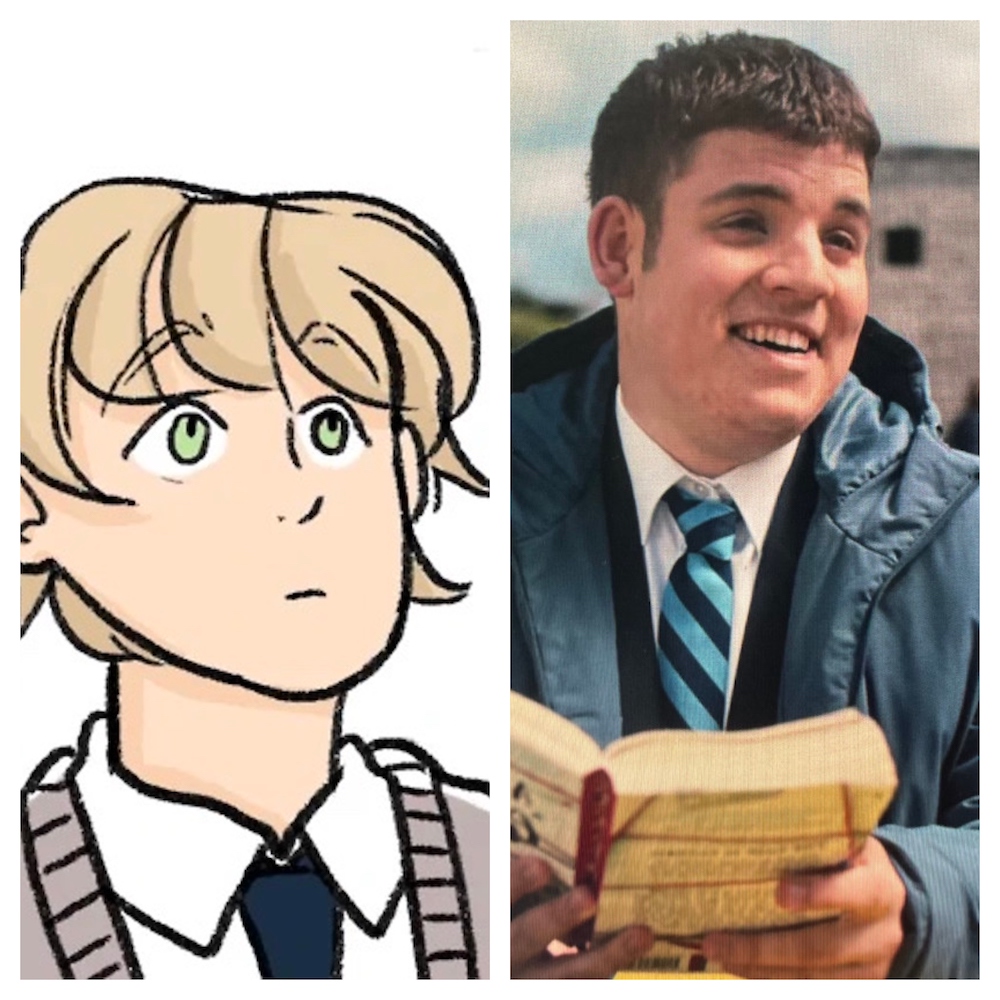
Instead, his presence is replaced by a character named Isaac, who has the same personality as Aled: introverted, quiet, and yet a comforting and stable presence in the friend group. Many fans wondered where Aled had gone, and Oseman quickly answered.
Aled
Alice Oseman has so many books set in the same universe that fans oftentimes dub all the books together with the “Osemanverse,” and because there are so many books set in the same universe, the timelines can get confusing and overlap. Aled Last is a protagonist in Oseman’s Radio Silence, and Oseman has confirmed that having Aled as a character in Heartstopper would have been too complicated and would have confused timelines, especially if the show ends up only having one season.
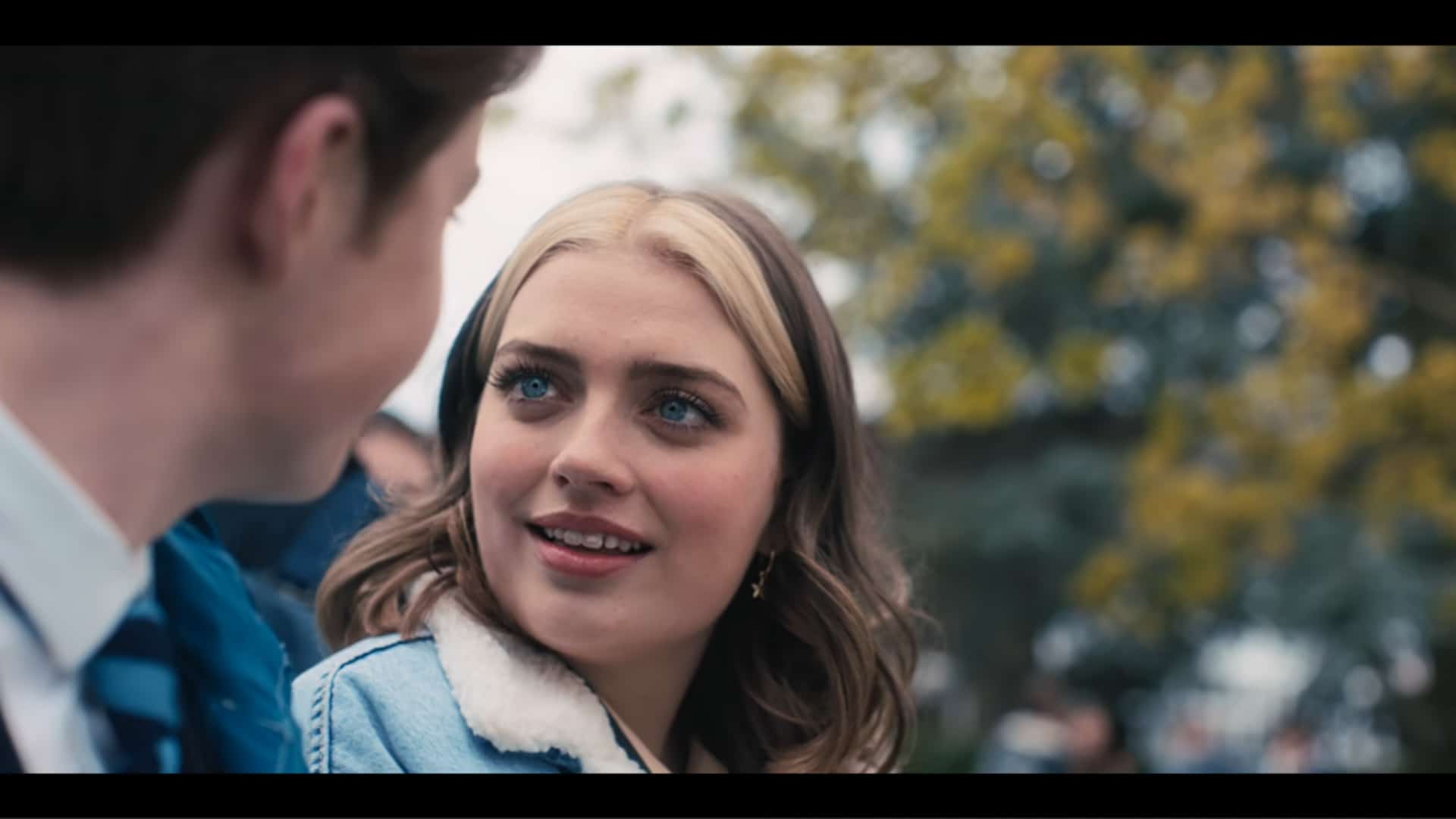
She says that Aled will be introduced if there is a second season, but as there are many loose ends regarding shared universes, Isaac was created to keep things simple for viewers who may be unfamiliar with the Osemanverse; as a character with no backstory, she felt freer in having him tag along rather than keeping track of what he would be doing according to Radio Silence’s universe. However, as much as this may be disappointing to Aled fans, people still loved Isaac. He has been a great addition to Charlie’s friend group, and many are excited to see more of him in a potential second season.
Imogen
Fans also noticed the introduction of a completely new character: Imogen. She is Nick’s longtime friend and has a crush on him, which adds extra drama on top of an already dramatic plot. However, while this change may seem surprising to some, it adds realism to the plot because, well, Nick is an attractive rugby hotshot. It would be hard to believe that he had no girls crushing on him. The storyline of Nick having a crush on Darcy and sharing a kiss when they were younger is preserved between webcomic and show; however, Darcy is a lesbian, and no other girls are shown being attracted to Nick.
For an athletic boy, he will have a lot of romantic interest from girls. The introduction of Imogen heightens that sense of toxic masculinity when Nick feels pressured to say yes to her when she asks him out on a date in front of all his rugby teammates. His teammates constantly egging Nick on to ask out girls and asking about any girls he’s interested in is a huge plot point that is emphasized in the show with the addition of Imogen, which is a real issue that many queer athletic boys face in the hyper-masculine environment in sports.
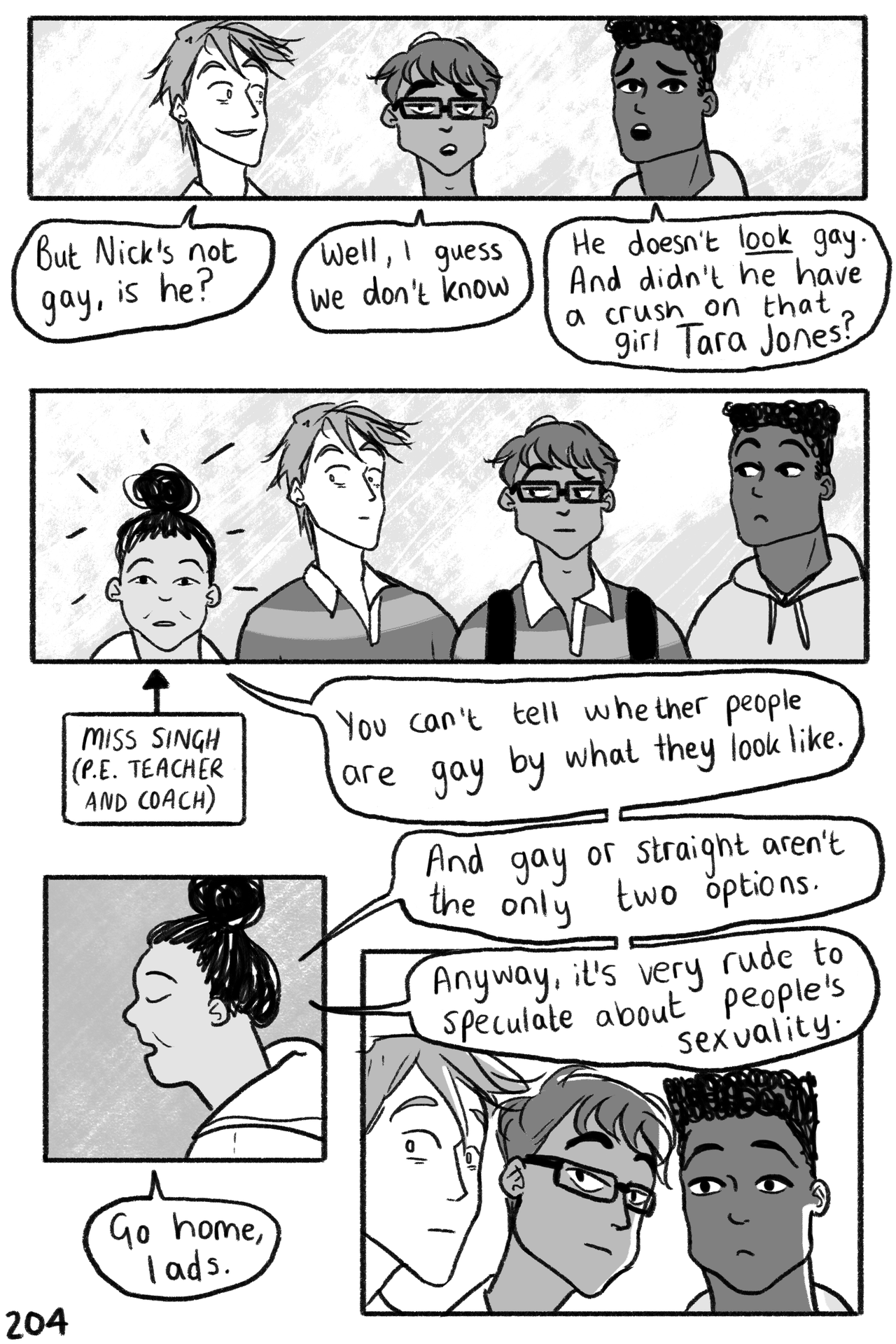
Finally, the portrayal of Nick telling Imogen he isn’t interested in her is great because it shows how to healthily receive the disappointing news. She doesn’t call Nick homophobic names or question his masculinity like his rugby friends would do. She is understandably disappointed, but she takes the news in stride, and the pair go back to being friends. The scene also shows how important it is, not only for oneself but for the other person, to tell the other person how one truly feels so they don’t string the other person along. Nick goes through the difficult decision to tell Imogen he doesn’t feel the same even though her dog just died because he knew it was important.
Netflix’s Heartstopper (2022-) & Its Representation Of Romance
Similarities and differences aside, the webcomic and the show come together to portray a cute, sweet, realistic yet fluffy romance story between two boys, two girls, and a trans girl and a boy. There are so many milestones reached with the show, and the fact that it has been trending on social media and continues to be in the top ten on Netflix shows that people have been waiting for this content and that queer content has a place in mainstream society and media.
Let’s hope that we continue to see more representation, realistic issues, and diversity, along with simply cute and feel-good queer stories in mainstream media, and Heartstopper fans will certainly be the first in line to support these future stories. Kudos to Alice Oseman and everybody in the cast, especially Kit Connor and Joe Locke, for putting this much-needed story in the world and representing it with so much love and care.
